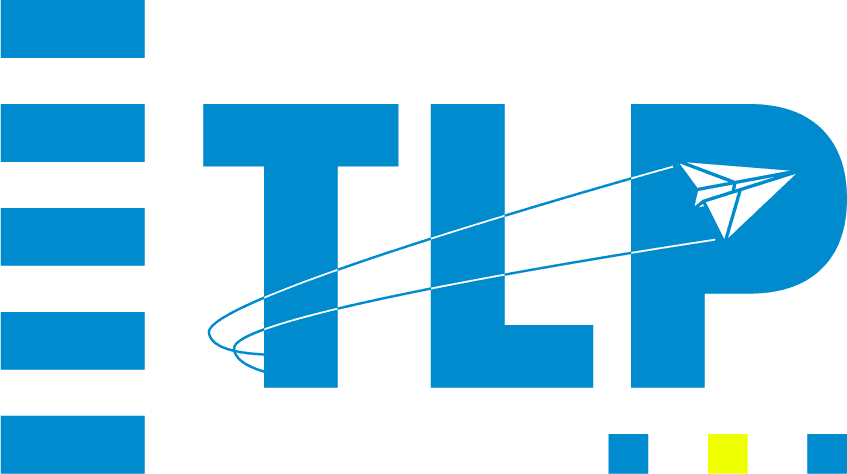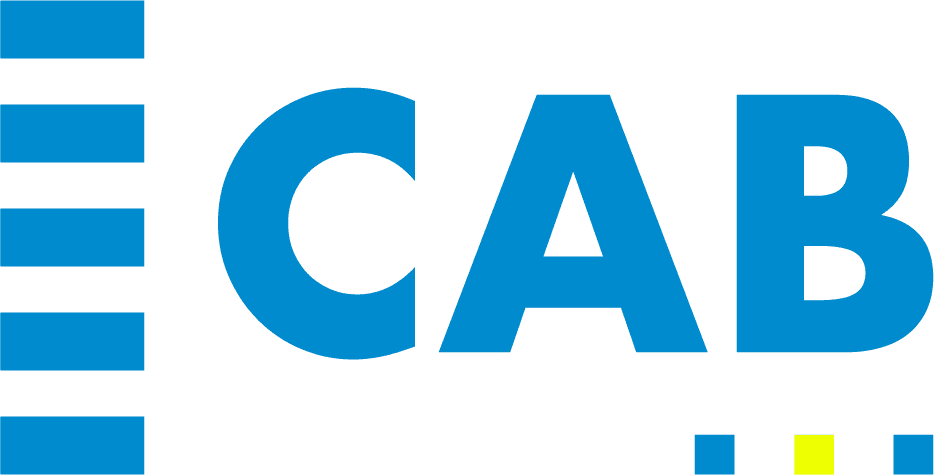
Burnout is a stress-related condition marked by exhaustion, reduced effectiveness, and detachment from daily responsibilities. The World Health Organization identifies it as an occupational phenomenon linked to unmanaged workplace stress.
The prevalence of burnout is striking. Around 76% of employees report experiencing burnout at least sometimes.
If you are one of these employees, you might have wondered, “How long does it take to recover from burnout?” Well, the recovery happens gradually. For some, a few weeks of rest and small changes can make a noticeable difference. For others, especially in severe cases, it may take six months to a year to feel steady again.
Let's take a look at those timelines, why they aren't the same for everyone, and the practical steps that make recovery a little smoother.
Common Signs of Burnout
Burnout is typically identified with changes in energy, mood, and physical health. Here are some common signs:
Constant exhaustion
Loss of motivation
Wandering focus
Uneasy nights
Trouble sleeping
Changed appetite
Irritability and cynicism
Feelings of uselessness
Low mood or depression
Frequent headaches
Gut discomfort
Unhealthy coping habits
Vision changes
Typical Recovery Time for Burnout
Recovering from a burnout is the same as healing from an injury. For instance, you can expect a light sprain to heal fast, but a broken bone takes longer.
Burnout works on a similar scale.
For milder burnout, a few weeks of rest and small lifestyle changes make a big difference. With better sleep, and regular breaks, symptoms often start easing within a month.
When burnout is moderate, the timeline grows longer. According to research, with around 10 weeks of cognitive behavioral therapy (CBT), many people report clear improvements in energy and mood. However, they may still lag in memory and focus compared with healthy peers.
Recovery here is best thought of as rebuilding a weak muscle. Consistency, rest, and gradual effort bring back strength over time.
For severe burnout, sometimes called clinical burnout, the road to recovery is much longer. This level of exhaustion not only forces people to step away from work but can also impair basic daily functioning.
In Sweden, doctors even have a name for the toughest kind of burnout: exhaustion disorder, a condition that can keep people in recovery for six months to a year, sometimes longer.
Even after progress, people often feel foggy with focus or decision-making. The brain remains in recovery mode and requires extended care.
4 Factors That Shape Recovery Time
You've probably noticed this: two people feel equally drained, yet one is back on their feet in weeks while the other barely gets through the day months later. Why the difference?
Burnout doesn't play out on a single timeline, and the reasons are deeply tied to what you live through.
Severity and Duration of Symptoms
Sometimes, burnout symptoms such as snapping at small things, staring at a screen without absorbing a word, and losing patience with people you care about start to show up early.
Noticing these signs right away and taking a break jumpstarts recovery.
But when you ignore these early warning signs, weeks turn into months, and exhaustion piles up. The longer you ignore the symptoms, the harder it is to recover quickly.
Ongoing Stress Exposure
Ongoing stress keeps recovery out of reach. A toxic workplace or ongoing family tension keeps the body in a constant state of strain.
Rest alone won't undo the damage if stress continues to affect you daily. Until those stressors change, progress is fragile and setbacks remain likely.
Biological and Cognitive Factors
Burnout reaches beyond emotions. Prolonged stress disrupts hormones, weakens focus, and blunts memory.
You may catch yourself forgetting simple tasks or struggling to follow what you just read. These lapses are not personal failings. Instead, they're biological responses to overload. The brain and body need time and care to recalibrate.
Supportive Recovery Experiences
You leave work, and instead of opening your laptop again, you sit outside with tea, take a slow walk, or listen to music that calms you. These don't feel like big changes, but these signals are asking your body to take a break, rest, and relax.
Simple practices like these calm a dysregulated nervous system. Over time, these repeated signals become the scaffolding for long-term recovery.
Starting Recovery: What Helps Early
The first stretch of recovery feels heavy. Fatigue sets in, concentration weakens, and even simple tasks feel difficult.
Recovery starts with small, repeatable actions that show the body it is safe to rest again. Here's what helps early:
Take quiet pauses that are truly yours
Keep bedtimes consistent and predictable
Eat regular meals at steady hours
Share honest words with a trusted person
Consume meals that sustain energy
Take outdoor walks without constant distraction
Practice simple rituals that prepare the mind for sleep
Say "no" without carrying any guilt
Each step shows you're rebuilding strength, not just pushing through exhaustion.
Long-Term Strategies to Sustain and Continue Recovery
If little things drain you faster than they should, you’ve been asking yourself how long does it take to recover from burnout. The answer lies in adapting long-term habits. Here are some that can make a difference.
Cognitive Behavioral Therapy (CBT)
Think of CBT as training your brain to stop getting stuck in unhelpful loops. Instead of spiraling into "I'll never catch up," you learn to replace it with something you can actually act on. Over time, the stress feels less like a tidal wave and more like a puddle you can step around.
Healthy Boundaries at Work
Work has a sneaky way of stretching into every corner of life.
Boundaries protect the parts of your day that matter. This could be family dinners, time with friends, or even that half-hour you guard just for yourself.
Saying no when you need to isn't selfish; it's how you keep your body and mind relaxed.
Rituals That Restore
Recovery doesn't always come from grand gestures. It often hides in the small routines.
A ten-minute walk after lunch, doodling in a notebook, or playing your favorite playlist can reset your mind in ways you'll actually feel.
Research highlights how these practices act as "recovery experiences," allowing the brain to recharge between demands.
Adjusting the Source of Stress
Sometimes, recovery requires bigger changes. Rotating tasks, negotiating time off, or even switching roles are a part of this. These remove constant pressure, giving recovery the room it needs to hold.
Signs You're Recovering
Recovery is rarely immediate; it becomes visible through gradual, consistent improvements that indicate genuine progress. You might notice these signs:
More energy throughout the day
Sharper focus and clearer thoughts
Mood feels lighter and steadier
Sleep becomes deeper and restful
Daily tasks feel more manageable
Wrapping Up
Recovery from burnout unfolds differently for everyone. Some people regain balance within weeks, while others need many months before life feels steady again.
The pace often reflects how severe the exhaustion has been, the pressures that remain in daily life, and the level of support available.
Small steps, such as better sleep, regular breaks, and clear boundaries, can start to restore energy. Over time, approaches like CBT, counseling, or workplace adjustments add lasting strength.
If symptoms persist or everyday tasks remain difficult, professional help can change the course. So if you’ve been asking yourself how long does it take to recover from burnout, remember that while the journey is slow, it is possible with the right care and support.
Sources:
World Health Organization: “Burn-out an ‘occupational phenomenon’: International Classification of Diseases.” Accessed 08/30/2025.
Gallup: “Employee Burnout: The Biggest Myth.” Accessed 08/30/2025.
Journal of International Medical Research (PMC9478693): “Burnout phenomenon: neurophysiological factors, clinical features, and aspects of management.” Accessed 08/30/2025.
BMJ Open (PMC12104901): “Physicians’ experiences of the process leading to their sick leave for exhaustion disorder in Sweden: a narrative design.” Accessed 08/30/2025.
HCA Healthcare Journal of Medicine (PMC11249184): “Mitigating workplace burnout through transformational leadership and employee participation in recovery experiences.” Accessed 08/30/2025.

Article by
Founder, Think Like a Pilot & GBM6
Bobby Dutton is a professional speaker, entrepreneur, and philanthropist. He's also a licensed commercial pilot and flight instructor -- for fun. Thriving at the intersection of engineering and art, Dutton created GrooveBoston in 2004, built on the statement "Music is No Longer a Spectator Sport." His team (now called GBM6) is about making people happy, through legendary events. Bobby's pioneering work on event design has won him awards internationally, and he was voted one of the "Top 25 Young Event Pros to Watch" by Special Events Magazine. After 20+ years of navigating high-stress situations as a business owner and event producer, Bobby found calm in an unlikely place: in the sky. He now teaches these aviation-inspired decision-making tools to thousands through events, keynotes, and workshops.










